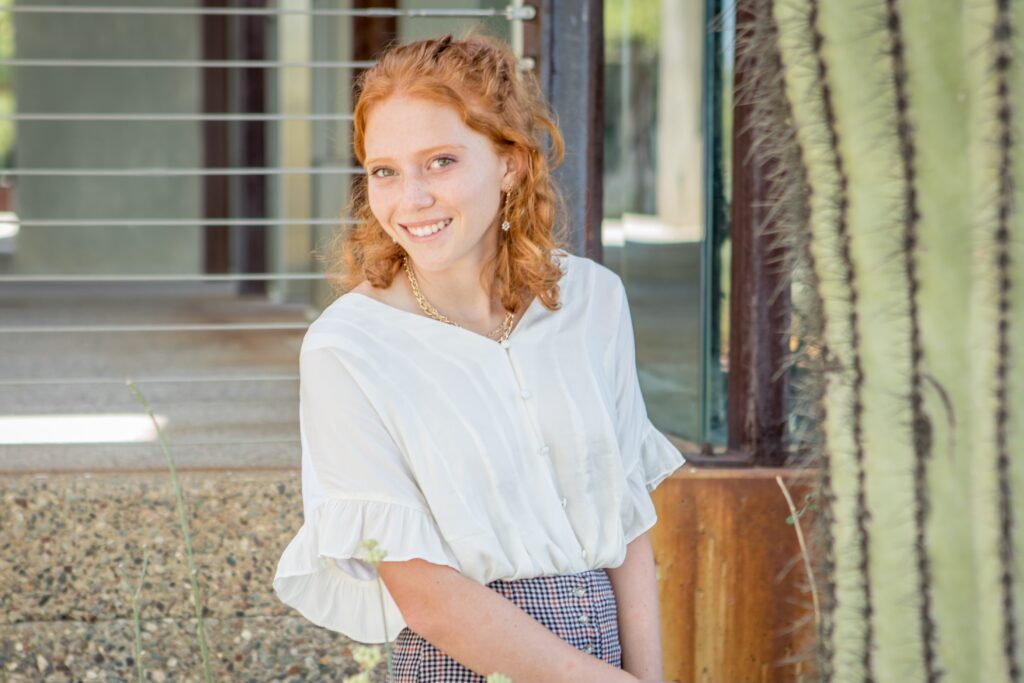
From Farm to Fork: The WA Gleaning Network’s New Toolkit
10 Sep 2025, by in Harvest Blog, Harvest VISTA, GleaningJen Roberts is a VISTA member serving with Harvest Against Hunger and the Washington Gleaning Network. The network seeks to support sustainable, equitable food systems that reduce food waste and support communities statewide.
Since 2023, Harvest Against Hunger has hosted an AmeriCorps VISTA member to develop the Washington Gleaning Network, which provides support to gleaning programs across Washington State. Gleaning networks help grow the gleaning movement through connection, collaboration, and collective knowledge. By sharing information between programs and organizations, gleaning programs can grow and become more efficient. They can also strengthen communities as different organizations come together with a common goal – hunger relief – in mind. Now in its third year, the Washington Gleaning Network VISTA program has shifted its focus to the sustainability of the network.
Over the course of the past 2 months, the WGN AmeriCorps member has been working on developing a toolkit that describes how to build a gleaning network. This document can provide guidance and instruction for other states, cities, and communities that want to build a gleaning network.
Using and Refining the Toolkit
With this in mind, the toolkit includes information on assessing the need for a network, conducting outreach, providing resources to gleaners, and building a network’s sustainability. These steps seek to guide the development of networks that are tailored to the specific attributes and needs of the gleaning programs they serve. Communities are unique, and there is no one-size-fits-all approach to building a network.
The toolkit also includes information on how the WGN built its network, giving other organizations a chance to see how a network might be structured and what it might provide to gleaners. With these resources, the toolkit is intended to serve a diverse array of communities with a variety of needs. Whether gleaners need help recruiting volunteers, finding grants, or learning about advocacy opportunities, gleaning networks can connect them to knowledge and best practices that serve their organization. The combination of information — how one can potentially go about building a network, as well as how the WGN built a gleaning network — is intended to provide a comprehensive overview for those who may not know where to start.




